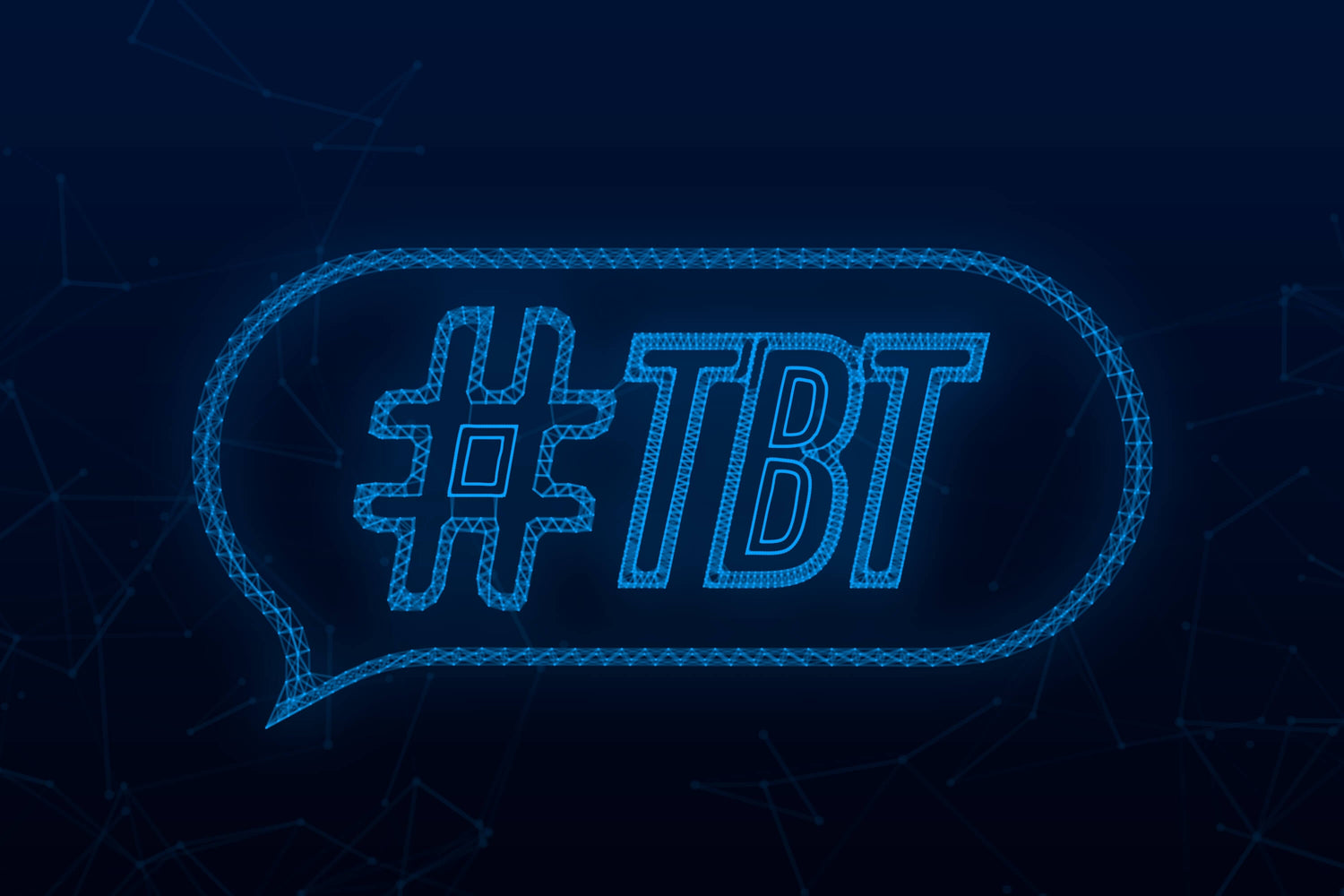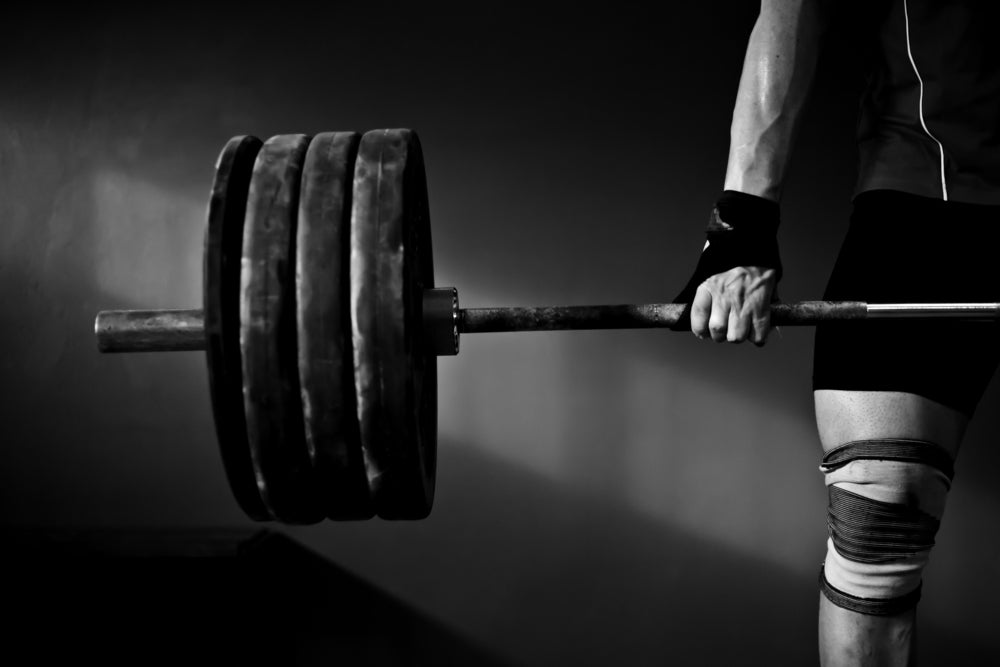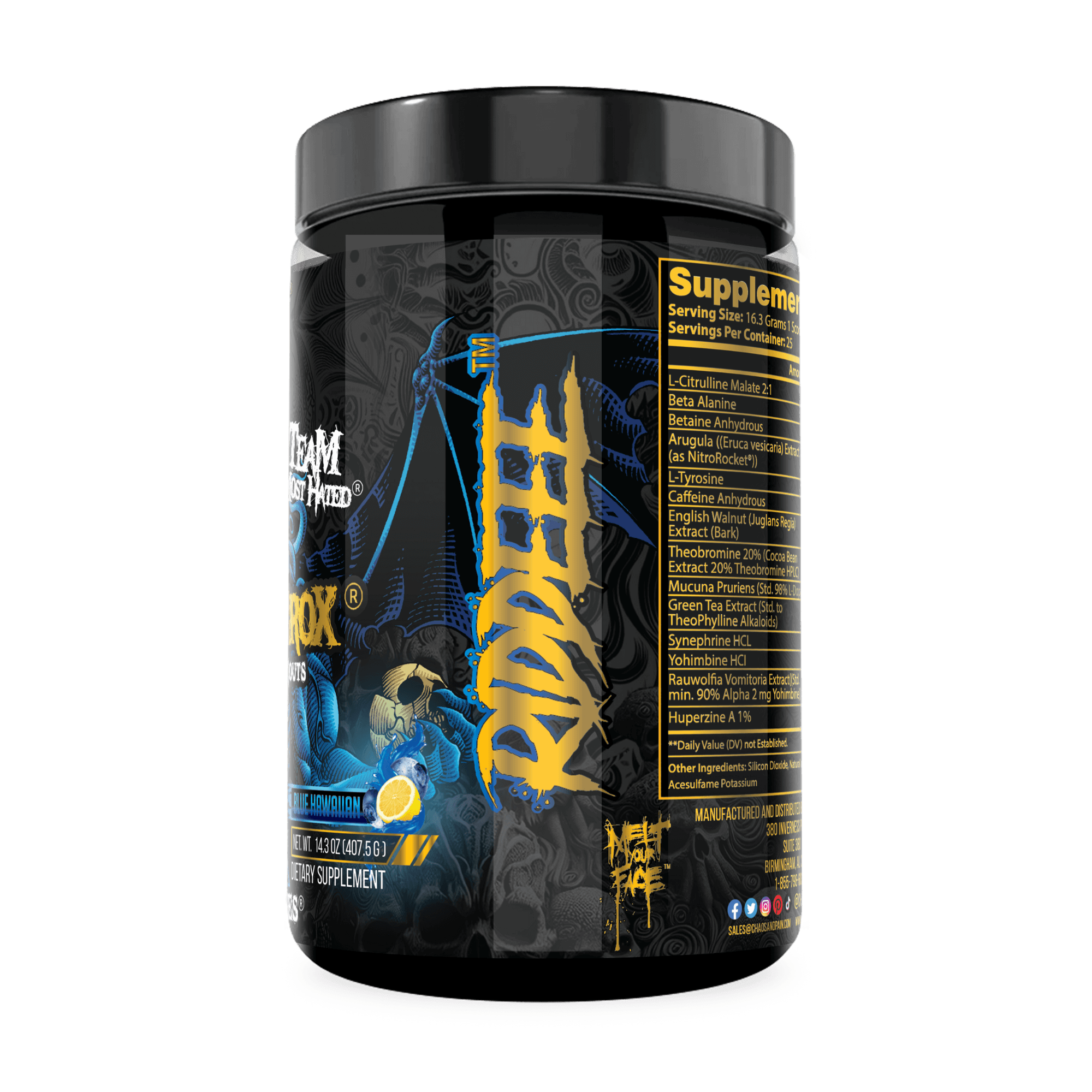THROWBACK THURSDAY! THERE IS NOTHING NEW UNDER THE SUN PART 3
It occurred to me that in my haste to get out the longest thing I’d yet written for the site that I had overlooked one extremely popular, yet almost completely ignored historical implements- the strand. Known to most of us by the 20th Century name “chest expander”, it’s likely that few of you have ever seen a chest expander outside of the brief and ridiculous bit in Pumping Iron in which Arnold used one while one of those where-the-hell-did-those-bodies-go 1970’s hot bikini-clad broad sat atop his shoulders, likely so goddamned horny there was a bouncer on set to beat the woman off Arnold the second the cameras stopped clicking.
The strand/band/chest expander, however, dates back to early antiquity and has been used by nearly every one of the epic, bloodthirsty badasses that predated the firearm, likely every person deemed a strongman since the late Paleolithic, in addition to sundry other random people throughout the ages to build strength on the go, without the necessity of bulky training implements, and without the need for a specialized locale like a gym for training.
Strand pulling, in fact, may be as old as archery itself. Archers have long been known for the strength of their grip, shoulders, arms, and back, and may well have used bows strung with higher tension to build up their strength for the use of their regular bows. It’s not inconceivable, were that to in fact be the case, that strength competitions in military encampments may well have centered on drawing these bows, and that such competitions were far more commonplace than even stone lifting in certain areas (particularly the steppes of Central Asia).
If you’ve not yet sussed out the meaning of the term “strand pulling”, allow me to elucidate- strand pulling, also known as chest expansion or currently as “band work”, is any exercise that’s done using rubber tubing, flat rubber bands, steel springs, or bowstrings with the intent of building or proving one’s strength. Obviously, one can moderate the resistance in this method of exercise in two ways- one by the altering the thickness/resistance provided by the implement at the outset, and then by increasing or decreasing the distance over which the implement is stretched.
Though most of us in the modern era think of bands as simply being a warmup, prehab/rehab implement, a method of adding resistance to a lift, or (as much as it pains me to mention something as retarded as reverse band work, here goes) reducing resistance, it was a means to an end unto itself in bygone eras. Strand pulling enjoyed as much or more popularity than did actual weightlifting in different places at different times and has steadfastly remained a part of resistance training since the concept of organized resistance training was formulated.
To give you an idea of exactly why this activity might have been popular, one really needs only to look at the draw weights of various bows throughout history and physical descriptions of the archers who used those bows. In ancient China and Greece, archers were some of the most feared warriors, and were often just as vicious in close combat as they were from a distance due to the incredible strength of their left arms. Guys like the Greek face-wrecker Hippolytus, bloodthirsty Chinese enforcer Taishi Ci, and Korean death-dealer King Dongmyeong were all described as freakishly strong, and all the nomadic equestrian archers of the Central Asian steppes, from the gigantic and heavily muscled Scythians to the shorter, Neaderthal-esque Huns were all described as incredibly muscular and strong.
It should come as no surprise that they were so heavily muscled, as they were basically lifting constantly- the draw weights on their bows were massive, and they were incessantly firing arrows. To give you an idea of the volume they were getting in, modern speed archers can fire an arrow every 1.7 seconds or so, which means that in battle or on a hunt, they could get in 80 reps (the number of arrows carried by Mongol archers) in less than three minutes if need be.
That’s a hell of a lot of weight moved, given the draw weight on a Mongol bow was 166 lbs. In less than three minutes, then, a Mongol could move 13,280 lbs.- that’s two tons a minute, for those of you keeping track. For the sake of comparison, here are a few examples of draw weights on the bows of someone of history’s most feared archers, and a bit of insight into why modern Olympic archers look like they just stumbled out of the Mukden prisoner of war camp in 1945:
- English longbow= avg. 70-80 lbs. (though reported up to 200 lbs.)
- Scythian bow= avg. 120 lbs.
- Old Mongol bow= avg. 166 lbs.
- Roman warbow= avg. 110 lbs.
- Modern Olympic bow= 48 lbs. (men); 38 lbs. (women)
While there’s not much in the way of a historiographical account of strand pulling between antiquity and modernity, it’s highly unlikely that strand pulling fell entirely out of the social consciousness only to return more popular than songs about getting hammered and “going crazy up in da club” appear to be now amongst vapid, scantily clad, gold-digging purveyors of blue balls are now. Yeah, strand pulling in the late 19th Century and early 20th Century was more popular than penicillin cocktails in Vegas brothels.
Guys of whom you’ve probably heard- bizarrely ripped yet not strong Golden Age bodybuilder Fred Rollon, epic strongman bodybuilders Eugen Sandow, Monohar Aich, Reg Park, and Edward Aston, Golden Age strength coach and guru Professor Atilla, pint-sized Super Jew strongman The Mighty Atom, vaunted promoter and accomplished strongman Tromp Von Diggeln, legendary strongman Thomas Inch, and Baddest Mofos John Grimek, Hermann Goerner, and Steve Stanko all regularly used strand pulling in their training routines, and Sandow espoused them so strongly that he caused strand pulling to eclipse Indian club use in the country for which the clubs are eponymous (Anderson; Chapman 160).
Though there’s no clear indication of when the modern “chest expander” was invented, we do know that it was already considered a scourge in Ireland in 1857, as the Dublin Quarterly Journal of Medical Science claimed the modern chest expander was invented and patented by Henry Cost but does not provide the year it was invented (188). Hilariously, the drunken Irishmen involved in the publication of that “medical journal” insisted that the chest expander heralded a return to the physical culture attitudes of the Greeks and Romans that would bring about the resurgence of the “debauchery and depravity which ended in the overthrow of their States” (187).
As no one in history has ever taken an Irishman’s advice on anything, the world carried on using the chest expander without permission from people whose principal preoccupations lie more in whiskey and wife beating. The chest expander, meanwhile, had been used at least since 1851 as a medical device for rehabilitation, and was used in schools like the Philanthopium for physical education in Germany. By the end of the 19th century, strand pulling was commonly employed in gyms and homes for strength training by laypersons and lifters alike, especially after the rubber version was released in 1857.
Another use of band/strands/chest expanders built upon Watson’s Health Lift idea and utilized bands rather than wands in a sort of proto-Bowflex apparatus. Like the Bowflex, the bands were adjustable and could be utilized for either strength endurance, hypertrophy, or strength building. The Mid-19th Century version of the Bowflex, Barnett’s Health Lift, was likely capable of providing far more resistance over a much smaller range of motion than the modern Bowflex, proving once again that 20th Century Americans are lazy piles of crap who’ve stolen any number of great ideas from bygone times and screwed them up beyond all recognition (Todd).
It’s likely that most of you are still thinking to yourselves, “that’s a lovely history of something about which I don’t give a crap and will use on the seventh of never.” I can understand that sort of skepticism, because when I began writing this, I thought the same thing. Then I stopped and realized that I’ve used band pushdowns religiously over the last couple of years, regularly use band curls and overhead presses at home as a volume supplement to my program (usually while watching Crank, Crank 2, or The Raid: Redemption), and love the tits off crazy bell bench presses.
Arm wrestlers routinely employ band work to build tendon and ligament strength for competition, mixed martial artists like Sean Sherk use them to increase punching power and the strength of their shots, and chest expanders have even been used by strongmen to prove their strength. Thomas Inch, for instance, had a special chest expander created for use in strength exhibitions- he’d pull a 40-strand chest expander after six people from the audience had tested it, and while hanging a 56 lb. kettlebell from each pinky finger (Gentle).
Perhaps the greatest endorsement strand pulling could get, however, is that of Arnold Schwarzennegger’s idol, Reg Park. Park penned an entire treatise on the value of strand pulling, which was being called “cable training” at the time, and which Park considered nearly invaluable for bringing “your biceps, deltoids, trapezius, pectorals and latissimus into the size and shape that you want them to be” (Park). According to Park, cables were part of the golden trifecta of training implements, which along with dumbbells and barbells would produce the “finest and strongest physique that a bodybuilder can wish for”, citing six early-to-mid-20th Century lifters as proof of this unassailable fact.
Park’s depictions of the exercises are only marginally better than Alabama’s ghetto hood rat artist’s depiction of a leprechaun that allegedly plagued the “fine people” of Mobile’s crappiest ghettos for a month but shed some light on those exercises Park valued most and why. What follows is a mere sampling of the over 30 exercises one can do for upper body but are those which Park found most valuable for building the idea physique.
Front Band Pull-aparts– great for strengthening the upper back and traps, in addition to giving one’s physique a wider appearance.
- Overhead Band Pull-aparts– strengthen the lats and help one’s v-taper.
- Overhead to Front Pull-aparts– pulling the bands apart overhead until the bands were positioned in front of the lifter’s chest work both the lats, rear delts, and rhomboids.
- Front Band Pull-aparts– Same as the overhead movement, but with your arms extended to the front, parallel to the ground.
- Behind-the-back Band Push-aparts– With the bands behind your back, start with your hands at your shoulders and push straight out, with your hands parallel to the floor for back and shoulder development.
- Unilateral Triceps Extensions– Your typical French press/single arm overhead triceps extension. Hold one end of the band with your arm straight at your waist, and then extend your other hand straight overhead in a typical triceps extension.
- Unilateral Overhead Press– With one arm held straight by your side and hand at your waist, press the other arm out overhead from the shoulder for a “broad as a barn appearance.”
- Archer’s Draw– This movement exactly replicated the motion of drawing a bow, and thus is great for building the shoulders, traps, lats, and biceps on the pulling arm and the triceps and shoulder on the extended arm.
- Lateral Raise– This should be self-explanatory. If you can’t figure out how to do a lateral raise with a band, you might want to consider suicide as your best option.
- Bicep Curl– Holding one end of the band underfoot, bust out some curls for the girls.
- Reverse Curl– Same deal, but with your grip flipped for forearm and brachialis work.
- Front Cable Row– Interestingly, one would think that this movement would be for the back, but it’s to hit the triceps on your extended arm. Holding your left arm parallel to the ground and fully extended in front of you, pull the other end of the band as far back as possible with your right arm.
Still unconvinced? Allow me to give you a few more reasons why strand/band pulling is worth incorporating into your training. First, it’s possible to do either straight strength work or muscular endurance work with bands, and either can lead to hypertrophy when combined with enough meat. Though we usually think of it in terms of its utility for rehab and physical therapy work, it’s pretty useful in general strength training, if for no other reason than it promotes joint health and strengthens and thickens your ligaments and tendons, but the altered force curve of bands also provides a completely different feel to the weights.
Furthermore, the fact that you’re not fighting gravity means you have to use far more stabilizers to control the weight (as bands can pull in a variety of directions at once), and you have far more options in terms of angles of resistance, which means you can work weak points and completely ignored angles of resistance that could mean the difference between a PR and a plateau, or an injury and serious strength. Sticking points change and disappear when using bands, and you can drastically increase your force production with the inclusion of band tension to any movement.
All that stuff, while great, ignores probably the best feature of bands- they’re completely portable. When traveling, nothing can beat bands, as they’re lightweight, compact, and you can use them while sitting on the crapper on an airplane if you really wanted. Combine that portability and ease of access with the fact that you can use bands to do just about anything, including squats, and you’ve got a pretty strong reasoning for never missing a workout, because the fact that you can’t drag your ass to the gym while it’s open doesn’t mean you can’t bust out some bands and get your curls on while watching late night TV for fifteen minutes before bed. Basically, bands are an anti-excuse for skipping workouts, and a goddamned good reason why we should all be far more ripped than we are.
There has got to be a reason why bands have remained in the lifting zeitgeist since the dawn of resistance training, and the reason I just outlined probably don’t do bands/strands/chest expanders justice. If you think you’re too good, too strong, or too advanced for bands, you’re an idiot, and if you think you’re too much of a novice to handle training with overgrown rubber bands, you should just grab a tack hammer and smash yourself in your stupid, crapulously face with it. There is literally NO reason why you should avoid bands, and dozens of reasons why you might as well pick some up and keep them in your gym bag for that rainy/snowy day you just can’t muster up the willpower to hit the gym but know there’s going to be a Rocky marathon on USA that day.
Go get some bands, a bullworker, a Bowflex, or something strand pulling related and get the hell after it, or I’ll send Reg Park’s ghost to your house to bang your girlfriend because she probably thinks orgasms only occur in porn and teenage fantasies.
For more informative blogs by Chaos and Pain click here.
Anderson, Gordon. Tromp Von Diggeln. Maxalding. Web. 6 Feb 2014. http://www.maxalding.co.uk/Tromp/tromp-biog.htm
Chapman, David. Sandow the Magnificent. Champaign: UI Press, 1994.
De Laspee, Henry. Calisthenics; or the elements of bodily culture. Dublin Quarterly Journal of Medical Science. Vol. XXIII. Feb and May 1857. Dublin: McGlashan and Gill, 1857.
Gentle, David. Thomas Inch a Pioneer in the Muscle Game. David Gentle. Web. 6 Feb 2014. http://www.davidgentle.com/articles/legends/inch.htm
Karpowicz, Adam and Stephen Selby. Scythian bow from Xinjiang. 2010. Web. 7 Feb 2014. http://www.atarn.org/chinese/Yanghai/Scythian_bow_ATARN.pdf
Kumar, Vinya. Monohar Aich : Mr. Universe 1952. Sandowplus. Web. 6 Feb 2014. http://www.sandowplus.co.uk/India/Monohar/meeting/meeting.htm
Oestmoen, Per Inge. The Mongolian Bow. Cold Siberia. 27 Dec 2002. Web. 7 Feb 2014. http://www.coldsiberia.org/monbow.htm
Park, Reg. The Reg Park system of cable training. Sandowplus. Web. 6 Feb 2014. http://www.sandowplus.co.uk/Competition/Park/Cable/park-cable.htm
Todd, Jan. Strength is health: George Barker Windship and the first American weight training boom. Iron Game History. Sep 1993. Web. 29 Jan 2014. https://www.academia.edu/3009405/Strength_is_Health_George_Barker_Windship_and_the_First_American_Weight_Training_Boom












Leave a comment
All comments are moderated before being published.
This site is protected by hCaptcha and the hCaptcha Privacy Policy and Terms of Service apply.